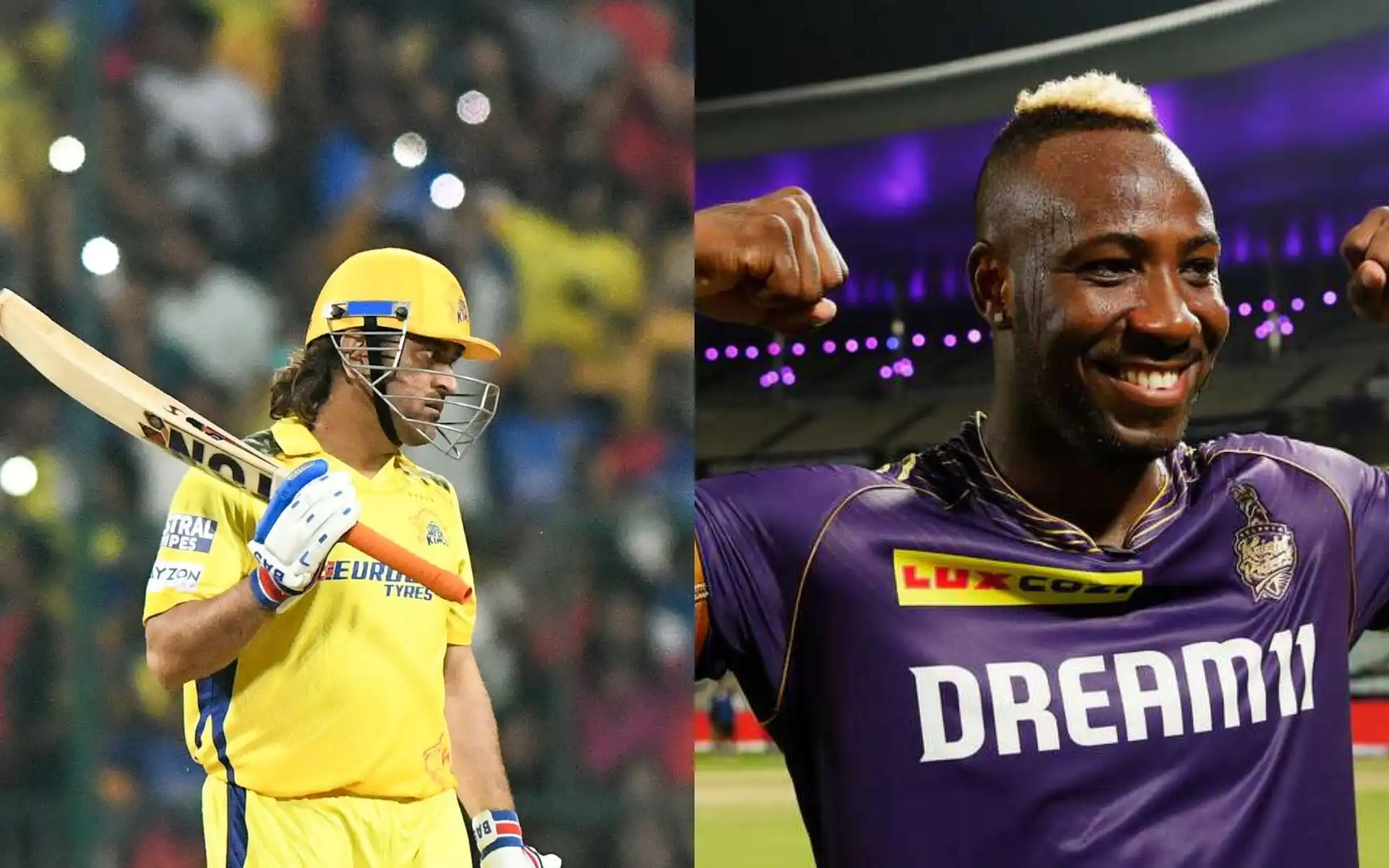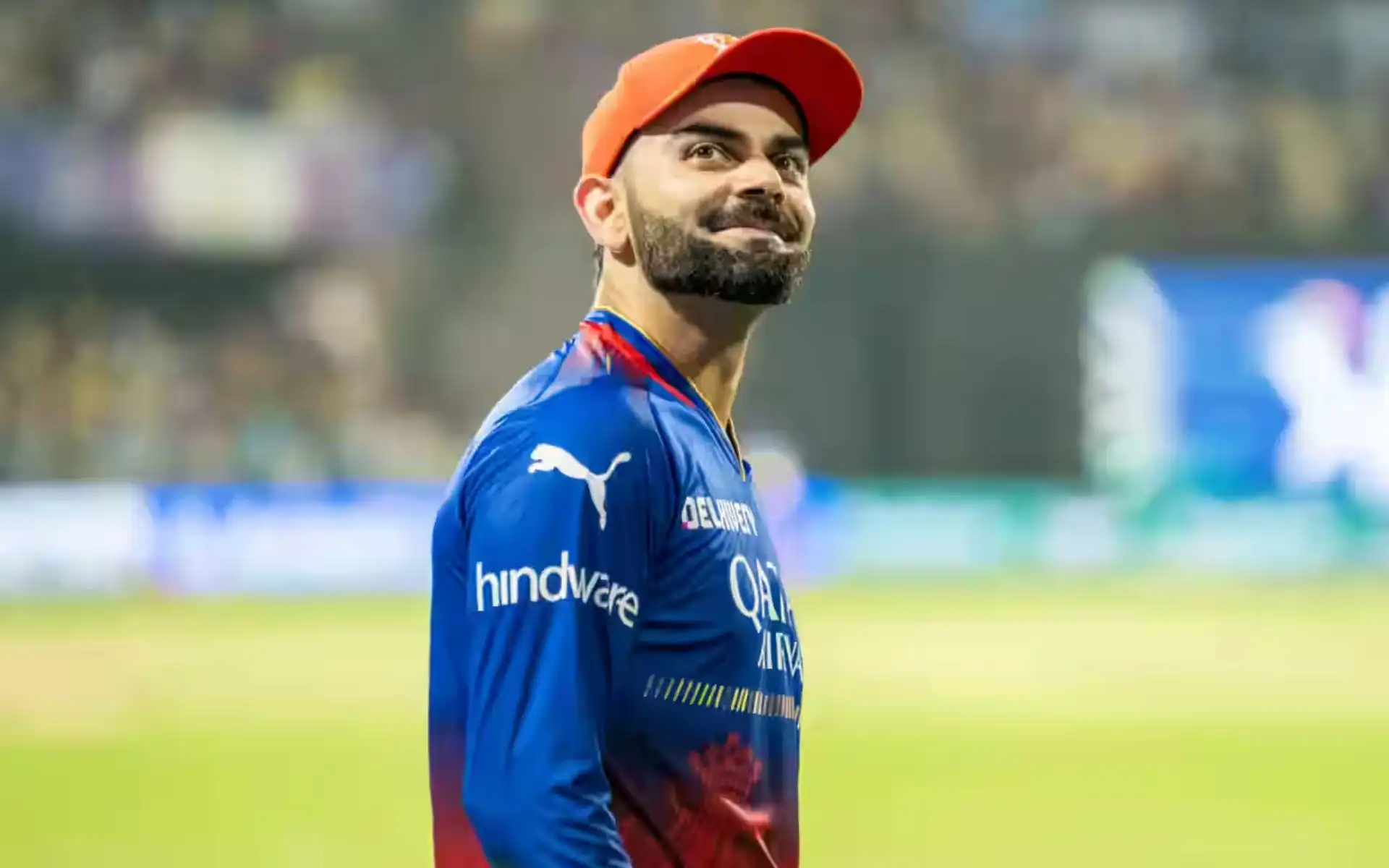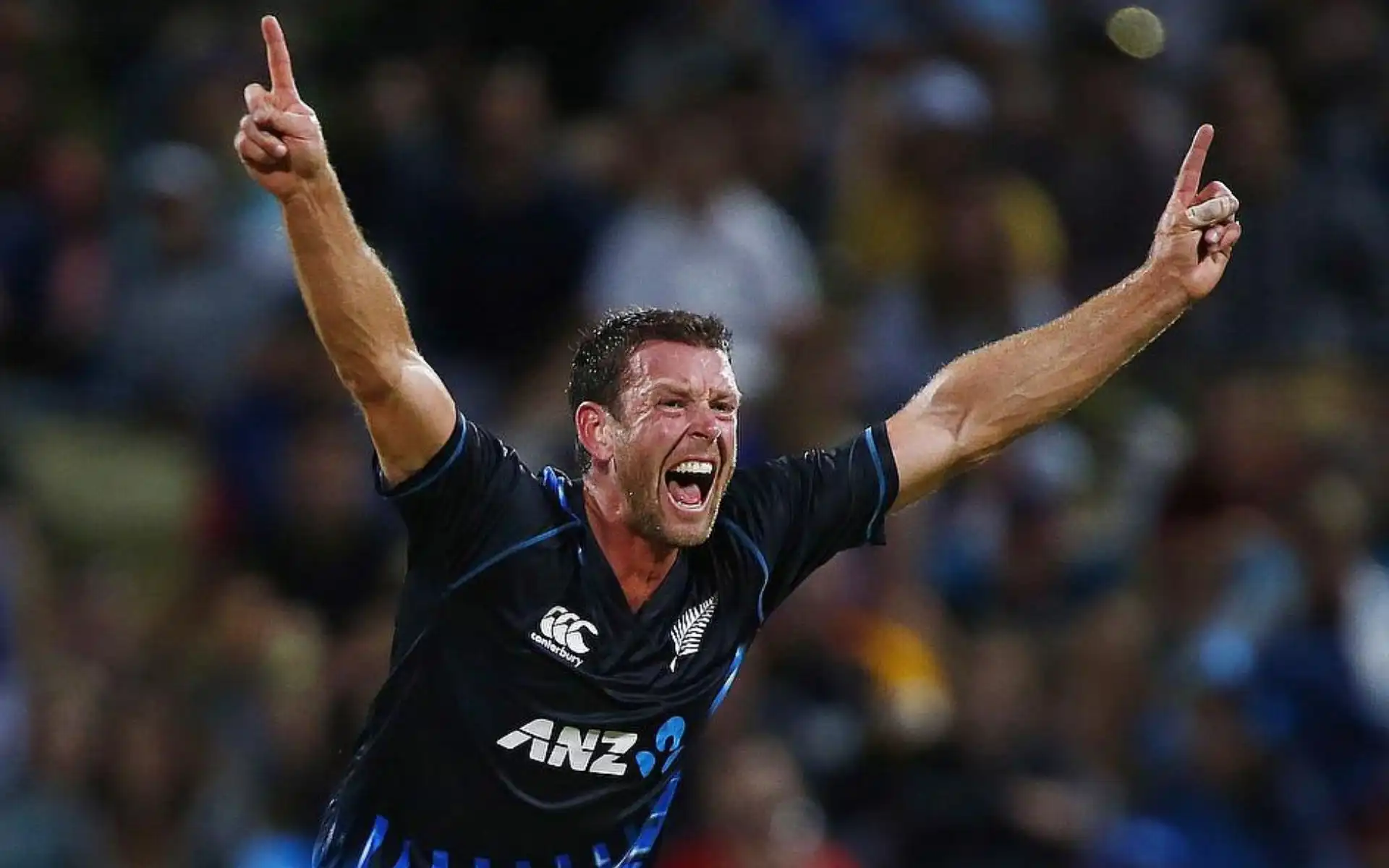![Deepak Chahar and Bhuvneshwar Kumar [Source: @MIPaltanFamily, @mufaddal_vohra/x.com]](https://onecricketnews.akamaized.net/parth-editor/oc-dashboard/news-images-prod/1741790456845_chahar_vs_kumar(2).jpg?type=hq) Deepak Chahar and Bhuvneshwar Kumar [Source: @MIPaltanFamily, @mufaddal_vohra/x.com]
Deepak Chahar and Bhuvneshwar Kumar [Source: @MIPaltanFamily, @mufaddal_vohra/x.com]
It is often said in cricket that batters win you games, while bowlers win you matches. A bowler can certainly change the complexion of a game within a matter deliveries.
When it comes to the IPL rivalries, the one between the Royal Challengers Bengaluru and the Mumbai Indians is one of the most dicussed and followed in the league. Notably, the two teams have recurited two premium Indian bowlers for IPL 2025. Bhuvneshwar Kumar will be seen playing for the Royal Challengers Bengaluru, while Deepak Chahar will be donning the MI jerseys for the upcoming edition fo the tournament.
Deepak Chahar vs Bhuvneshwar Kumar : Overall Performance Analysis
| Player | Standard Performance Index | Pressure Weighted Index |
|---|---|---|
| Deepak Chahar | 52.16 | 56.73 |
| Bhuvneshwar Kumar | 49.85 | 53.42 |
Inference: The pressure weighted index shows that Deepak Chahar might have done better than Bhuvneshwar Kumar under pressure. Howeve, the close gap between their Standard Performance Index value suggests that the two bowlers are more similar to each other than their reputations suggest.
Our analysis categorises pressure into six brackets from "Comfort Zone" (20-40) to "Do or Die" (90-100), combining balls per wicket, boundary percentage, and the dot percentage.
Deepak Chahar vs Bhuvneshwar Kumar: Phase-Wise Performance
![Deepak Chahar vs Bhuvneshwar Kumar Phase wise economy rate [Courtesy: DataWrapper]](https://onecricketnews.akamaized.net/parth-editor/oc-dashboard/news-images-prod/1741789204344_chahar_vs_kumar.jpg?type=mq) Deepak Chahar vs Bhuvneshwar Kumar Phase wise economy rate [Courtesy: DataWrapper]
Deepak Chahar vs Bhuvneshwar Kumar Phase wise economy rate [Courtesy: DataWrapper]
Inference: The phase wise economy chart of the two players reveal that while Deepak Chahar has proven to be more economical in the powerplays, Bhuvneshwar has taken the edge in the other two phases.
Deepak Chahar vs Bhuvneshwar Kumar: Performance Under Pressure
.jpg?type=mq) Deepak Chahar vs Bhuvneshwar Kumar: Performance Across Pressure Brackets
Deepak Chahar vs Bhuvneshwar Kumar: Performance Across Pressure Brackets
Inference: As pressure intensifies, both bowlers improve their performance - a hallmark of elite players. However, Chahar's improvement is more dramatic, with his Do or Die Index (65.18) significantly outperforming Kumar's (58.97).
Deepak Chahar vs Bhuvneshwar Kumar: Dot Ball Bowling Ability
| Bowlers | Comfort Zone | Steady State | High Stakes | Do or Die |
|---|---|---|---|---|
| Deepak Chahar | 48.72 | 44.83 | 41.26 | 38.42 |
| Bhuvneshwar Kumar | 45.36 | 42.17 | 39.54 | 36.19 |
Inference: Chahar consistently maintains a higher dot ball percentage across all pressure brackets. This ability to deny runs when it matters most is a significant factor in his superior pressure metrics.
Deepak Chahar vs Bhuvneshwar Kumar: Wicket-Taking by Match Phase
Chahar takes a higher proportion of his wickets in the powerplay (62%), while Kumar distributes his wickets more evenly (powerplay: 43%, middle overs: 38%, death: 19%). This highlights their different roles, with Chahar primarily a new-ball strike bowler and Kumar offering more phase versatility.
Deepak Chahar vs Bhuvneshwar Kumar: Team Value Assessment
While raw numbers give Chahar a slight edge in our metrics, team value extends beyond statistics. Kumar's phase versatility makes him a captain's dream - deployable in any situation with reasonable effectiveness.
Conversely, Chahar's superior powerplay performance and remarkable improvement under extreme pressure make him exceptionally valuable in specific high-leverage situations.
Conclusion
Bhuvneshwar Kumar is the reliable utility player - Adaptable across phases with less pronounced peaks and valleys in his performance. His lower economy in middle and death overs provides stability throughout the innings.
Deepak Chahar is the pressure specialist - Excelling particularly when the match intensity reaches its highest. His ability to generate dot balls under pressure and take early wickets provides match-winning potential in specific situations.
In the final analysis, Chahar's substantially better performance in "Do or Die" situations (65.18 vs. 58.97) and higher Pressure-Weighted Index (56.73 vs. 53.42) suggest he provides marginally more overall value - especially for a team prioritizing powerplay wickets and clutch performance in the highest-pressure moments.
However, RCB might value Bhuvi's reliability across all phases more highly. This makes the 'more important' question contingent on team composition and specific strategic priorities rather than absolute.





